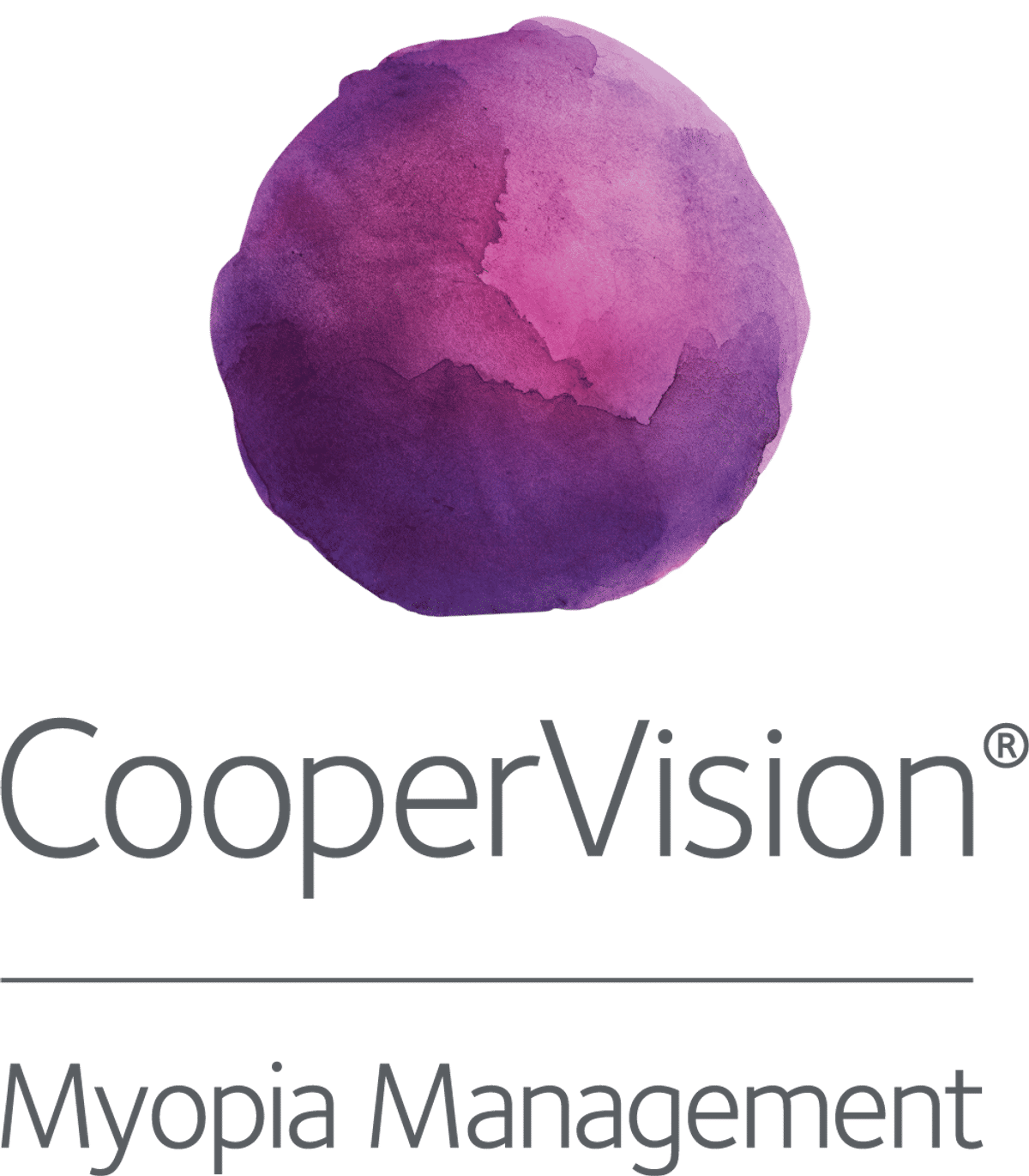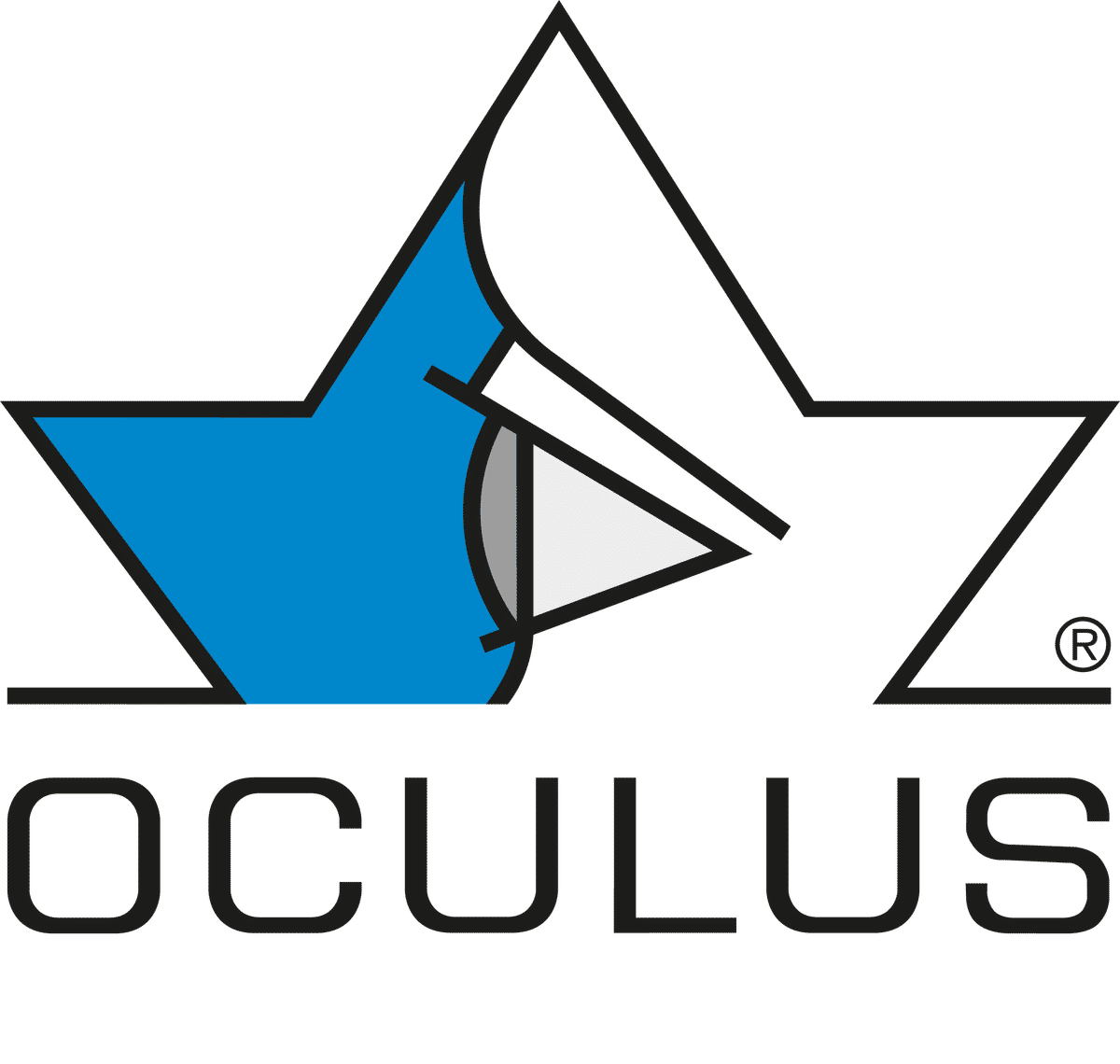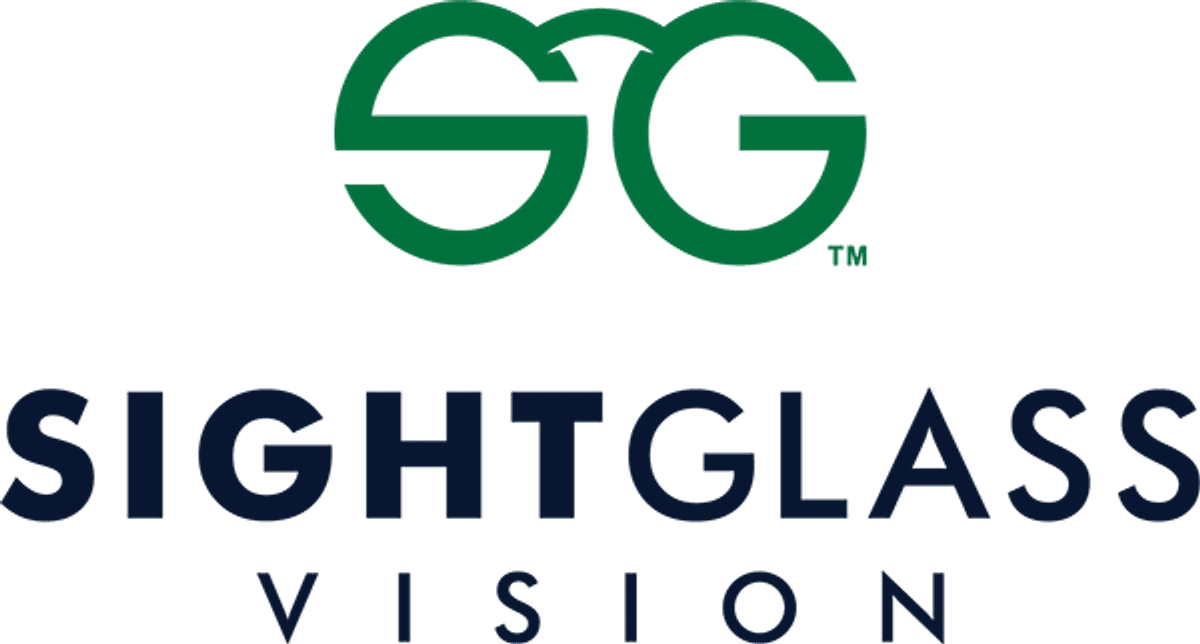Science
CARE myopia control spectacle lenses: one year data

In this article:
The one-year results from this 2yr multi-site trial show spectacle lenses with cylindrical annular refractive elements (CARE) effectively slow myopia progression in children by just under 50% at one year, with only around 15% progressing by more than 0.75D, and are well-tolerated with no adverse responses.
Paper title: Slowing myopia progression with cylindrical annular refractive elements (CARE) spectacle lenses—Year 1 results from a 2-year prospective, multi-centre trial
Authors: Chen, Xiaoqin (1,2); Wu, Min (3); Yu, Cui (4); Ohlendorf, Arne (5); Rifai, Katharina (5); Boeck-Maier, Christina (5); Wahl, Siegfried (5,6); Yang, Youhua (7); Zhu, Yi (7); Li, Lihua (1,2); Padmaja Sankaridurg
- Tianjin Eye Hospital, Tianjin Key Lab of Ophthalmology and Visual Science, Tianjin, People's Republic of China.
- Tianjin Eye Hospital Optometric Center, Tianjin, People's Republic of China.
- Beijing Tongren Vision Care, Beijing Tongren Hospital, Capital Medical University, Beijing, People's Republic of China.
- He Eye Specialist Hospital, Shenyang, Liaoning, People's Republic of China.
- ZEISS Vision Care, Aalen, Germany, Carl Zeiss Vision International GmbH, Aalen, Germany.
- Institute for Ophthalmic Research, Eberhard Karls Universitat Tubingen, Tuebingen, Baden-Wuerttemberg, Germany.
- ZEISS Vision Care, Carl Zeiss Vision (Guangzhou) Ltd., Guangzhou, People's Republic of China.
- School of Optometry and Vision Science, Faculty of Medicine and Health, University of New South Wales, Sydney, New South Wales, Australia.
Date: Nov 2024
References: Chen X, Wu M, Yu C, Ohlendorf A, Rifai K, Boeck-Maier C, Wahl S, Yang Y, Zhu Y, Li L, Sankaridurg P. Slowing myopia progression with cylindrical annular refractive elements (CARE) spectacle lenses-Year 1 results from a 2-year prospective, multi-centre trial. Acta Ophthalmol. 2024 Nov 15
Summary
This prospective, parallel-group multi-centre clinical study investigated the use of spectacle lenses incorporating cylindrical-shaped annular refractive elements for slowing progression in myopic children.
The CARE (cylindrical annular refractive elements) Test lenses comprised a central aperture to correct the myopia and a surrounding annular treatment zone, incorporating concentric cylindrical elements, which alternate with distance correction zones, providing blended myopic blur. The back surface of both lenses are aspheric, with reduced minus power at the lens periphery. The Test lenses differed as follows.
- a central aperture of 7mm and 9mm for Test lens 1 and 2, respectively
- a higher relative positive power of +4.60D for Test lens 1 (CARE) than +3.80D for Test lens 2 (CARE S).
Participants were Chinese children aged 6-13yrs with healthy eyes and myopia between -0.75 to -5.00D and no more than 1.50D anisometropia or astigmatism. They were randomised to wear Test lens 1 (CARE) or Test lens 2 (CARE S) designs or a single vision (SV) control lens (all Zeiss), with 80 participants in each group.
- Of the original 240 participants, 233 completed 12mths wear (CARE, n = 78; CARE S, n = 77; SV, n = 77). The highest drop-out rate (3.75%) was from the SV control group with no baseline differences between discontinued participants.
- The average wear time was over 13hrs daily for all groups. The subjective ratings for functional distance vision (navigating stairs and steps and awareness of peripheral objects) were high, with no differences noticed after 1 week wear. For near vision, the ratings were lower during the initial 3mths of wear, compared to single vision lenses, before improving.
Slower myopic progression for spherical equivalent refractive error (SE) and AL was found with both the CARE and CARE S Test lenses. After adjusting for confounding factors such as parental myopia and age, the mean changes in SE and AL were as follows:
- CARE 0.19mm / -0.35D
- CARE S 0.21mm / -0.36D
- SV 0.32mm / -0.65D.
The percentage efficacy calculated from these figures for axial elongation (mm) were 46% for CARE and 34% for CARE S. For refraction (D) these were 46% for CARE and 45% for CARE S. Post-hoc analysis showed the test lenses were different to the control lens, but not significantly different to each other at either 6-or 12-mths.
When the rate of progression was considered, fast progressors were younger than slower progressors and although there were differences between fast and slow progressors at baseline, these were inconsistent. Myopia progression of at least 0.75D was seen in the SV control group for 51.7% at 12mths. In the CARE group, this was 16.7% and for the CARE S group 14.3% at 12 months.
What does this mean for my practice?
- This trial was performed across multiple sites, allowing generalizability to a wider population.
- Both CARE and CARE S lenses were found to offer effective myopia control and the risk of myopia progression exceeding 0.75D within a 12mth period was significantly reduced compared to single vision lens wear. The CARE lens showed slightly better efficacy, although this wasn’t statistically different to the CARE S lens.
- The CARE and CARE S lenses were well tolerated with no adverse responses, meaning they are safe for long-term use. The slightly larger central area of the CARE S lens may aid adaptation or wearers struggling to adapt to the higher positive power and smaller central zone of the CARE lens, could swap to wearing the CARE S lens. This may apply to older children who may demonstrate less tolerance for the defocus blur, but will still achieve the same efficacy from the CARE S lens.
- Although the initial self-reported ratings for near work were low, these improved within 12weeks. Wearers can be advised of this when commencing wear and be reassured of improved adaptation with continued use.
What do we still need to learn?
- This study reports on 1yr interim results. An extended study will evaluate long-term safety and efficacy and if myopia control benefits can be maintained over longer wear periods.
- Further research could establish the suitability of CARE and CARE S lenses for different age groups, and investigate how altering the central aperture size may influence the myopia control effect.
- Limitations to this study include visibility of the treatment zones in the lenses (wearers may have been aware of the lens type being worn), the participants self-reported responses may be inaccurate due to recall bias and there was no reference to possible confounding risk factors such as outdoor time or prolonged near work which may influence myopia progression.
Abstract
Title: Slowing myopia progression with cylindrical annular refractive elements (CARE) spectacle lenses—Year 1 results from a 2-year prospective, multi-centre trial
Authors: Xiaoqin Chen, Min Wu, Cui Yu, Arne Ohlendorf, Katharina Rifai, Christina Boeck-Maier, Siegfried Wahl, Youhua Yang, Yi Zhu, Lihua Li, Padmaja Sankaridurg
Purpose: To evaluate the effectiveness of 12 months of spectacle lens wear incorporating cylindrical annular refractive elements (CARE) in slowing myopia progression compared to single vision (SV) spectacle wear.
Methods: In an ongoing 2-year prospective, double-masked, multi-centre clinical trial, 240 Chinese children aged 6-13 years, spherical equivalent refractive error (SE) -0.75 D to -5.00 D were randomised to one of three groups of 80 participants each to wear: SV spectacle lens (N = 80), CARE spectacles (7 mm central clear zone surrounded by treatment zone incorporating CARE with mean surface power of +4.6 D) and CARE S (9 mm central clear zone surrounded by treatment zone comprising CARE with mean surface power of +3.8 D). Cycloplegic SE and axial length (AL) were measured at 6-month intervals.
Results: Compared to baseline, changes in SE and AL were significantly different between the groups at both 6 and 12 months (p < 0.001, linear mixed model). Adjusting for site, group, parental myopia and age, at 12 months, the estimated change in SE and AL with 95% CI with SV was -0.65 D (CI: -0.56 to -0.74 D)/0.32 mm (CI: 0.29-0.36 mm). In comparison, the estimated change in SE/AL at 12 months with CARE was -0.35 D (-0.26 to -0.44 D)/0.19 mm (0.15-0.22 mm) and with CARE S was -0.36 D (-0.27 to -0.46 D)/0.21 mm (0.18-0.25 mm) at 12 months. Progression was slower with CARE and CARE S compared to SV (p < 0.05) but did not differ from each other (p = 0.793 and 0.336 for SE and AL, respectively).
Conclusions: In children with myopia, after 12 months of lens wear, both CARE and CARE S spectacle lenses significantly slowed myopia progression compared to SV lenses.
Meet the Authors:
About Ailsa Lane
Ailsa Lane is a contact lens optician based in Kent, England. She is currently completing her Advanced Diploma In Contact Lens Practice with Honours, which has ignited her interest and skills in understanding scientific research and finding its translations to clinical practice.
Read Ailsa's work in the SCIENCE domain of MyopiaProfile.com.
Enormous thanks to our visionary sponsors
Myopia Profile’s growth into a world leading platform has been made possible through the support of our visionary sponsors, who share our mission to improve children’s vision care worldwide. Click on their logos to learn about how these companies are innovating and developing resources with us to support you in managing your patients with myopia.










